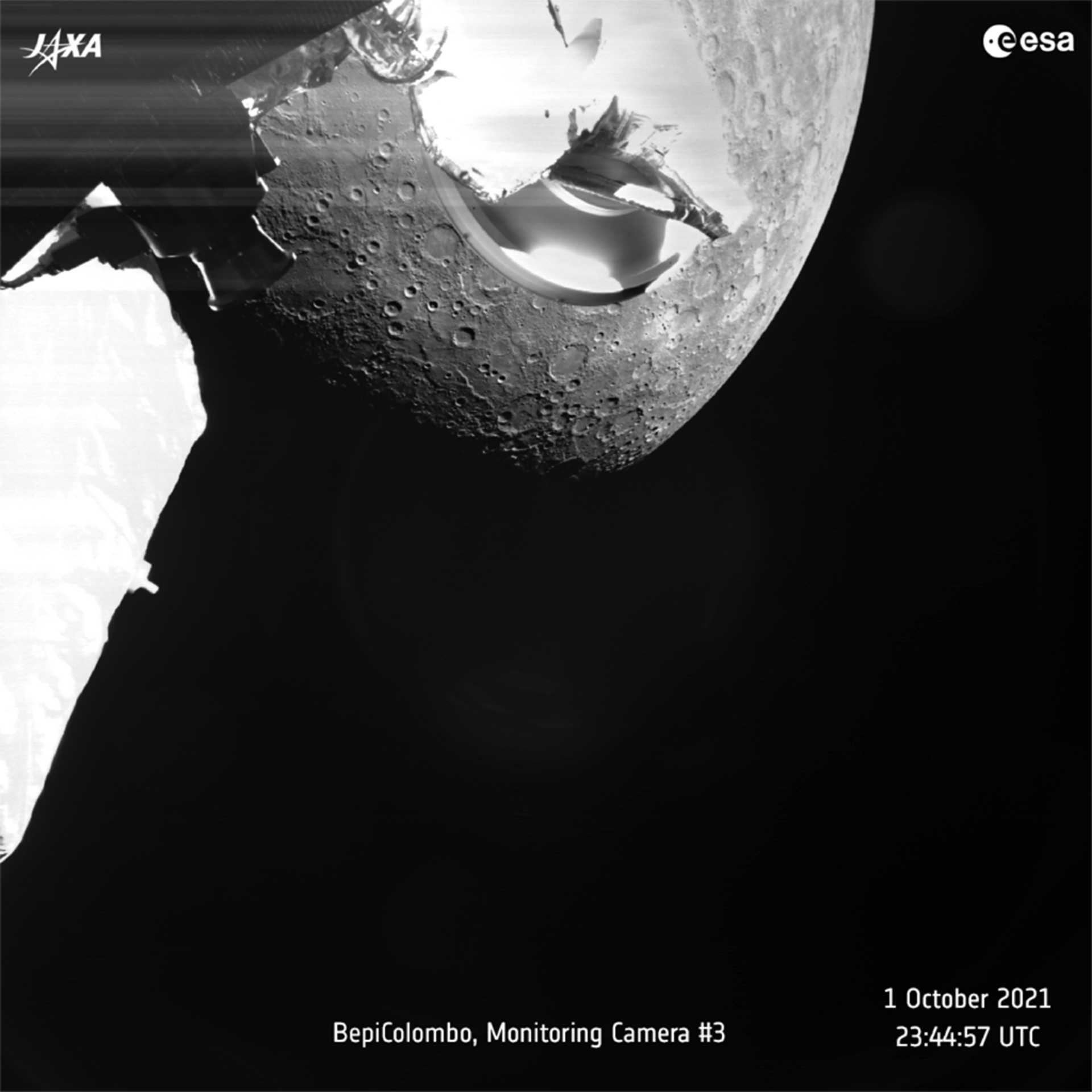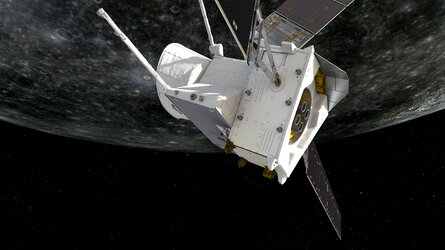Accept all cookies Accept only essential cookies See our Cookie Notice

About ESA
The European Space Agency (ESA) is Europe’s gateway to space. Its mission is to shape the development of Europe’s space capability and ensure that investment in space continues to deliver benefits to the citizens of Europe and the world.
Highlights
ESA - United space in Europe
This is ESA ESA facts Member States & Cooperating States Funding Director General Top management For Member State Delegations European vision European Space Policy ESA & EU Space Councils Responsibility & Sustainability Annual Report Calendar of meetings Corporate newsEstablishments & sites
ESA Headquarters ESA ESTEC ESA ESOC ESA ESRIN ESA EAC ESA ESAC Europe's Spaceport ESA ESEC ESA ECSAT Brussels Office Washington OfficeWorking with ESA
Business with ESA ESA Commercialisation Gateway Law at ESA Careers Cyber resilience at ESA IT at ESA Newsroom Partnerships Merchandising Licence Education Open Space Innovation Platform Integrity and Reporting Administrative Tribunal Health and SafetyMore about ESA
History ESA Historical Archives Exhibitions Publications Art & Culture ESA Merchandise Kids Diversity ESA Brand Centre ESA ChampionsSpace in Member States
Find out more about space activities in our 23 Member States, and understand how ESA works together with their national agencies, institutions and organisations.
Science & Exploration
Exploring our Solar System and unlocking the secrets of the Universe
Go to topicAstronauts
Missions
Juice Euclid Webb Solar Orbiter BepiColombo Gaia ExoMars Cheops Exoplanet missions More missionsActivities
International Space Station Orion service module Gateway Concordia Caves & Pangaea BenefitsLatest
Space Safety
Protecting life and infrastructure on Earth and in orbit
Go to topicAsteroids
Asteroids and Planetary Defence Asteroid danger explained Flyeye telescope: asteroid detection Hera mission: asteroid deflection Near-Earth Object Coordination CentreSpace junk
About space debris Space debris by the numbers Space Environment Report In space refuelling, refurbishing and removingSafety from space
Clean Space ecodesign Zero Debris Technologies Space for Earth Supporting Sustainable DevelopmentLatest
Applications
Using space to benefit citizens and meet future challenges on Earth
Go to topicObserving the Earth
Observing the Earth Future EO Copernicus Meteorology Space for our climate Satellite missionsCommercialisation
ESA Commercialisation Gateway Open Space Innovation Platform Business Incubation ESA Space SolutionsEnabling & Support
Making space accessible and developing the technologies for the future
Go to topicBuilding missions
Space Engineering and Technology Test centre Laboratories Concurrent Design Facility Preparing for the future Shaping the Future Discovery and Preparation Advanced Concepts TeamSpace transportation
Space Transportation Ariane Vega Space Rider Future space transportation Boost! Europe's Spaceport Launches from Europe's Spaceport from 2012Latest

A taste of Mercury geology
Thank you for liking
You have already liked this page, you can only like it once!
The joint European-Japanese BepiColombo mission captured this view of Mercury on 1 October 2021 as the spacecraft flew past the planet for a gravity assist manoeuvre. This image was taken at 23:44:57 UTC by the Mercury Transfer Module’s Monitoring Camera 3, when the spacecraft was 2687 km from Mercury. Closest approach of 199 km took place shortly before, at 23:34:41 UTC.
The cameras provide black-and-white snapshots in 1024 x 1024 pixel resolution. The high-gain antenna of the Mercury Planetary Orbiter and part of the body of the spacecraft are visible in front of Mercury.
Visible in the image is a portion of the southern hemisphere of Mercury. Extensive lava plains cover the surface. The largest clearly visible crater, albeit partly obscured by part of the spacecraft, is the 251 km diameter Haydn crater, named after the Austrian composer (1732-1809). The smoothness of its floor indicates that it has been partly flooded by lavas. Where the sunrise is hitting the surface close to the night side of the planet, the topography of the terrain is enhanced. One example where this is apparent is a feature called Astrolabe Rupes, below right of Haydn crater. This sunlit ‘lobate scarp’ is one of many thrust faults resulting from Mercury’s slow global contraction caused by interior cooling.
Some of the bright spots seen on the planet’s surface are ‘faculae’, many of which are believed to be material flung out by volcanic explosions. These represent one of the many surprises revealed by NASA’s MESSENGER mission that orbited Mercury 2011-2015, and will be studied in more detail when BepiColombo achieves orbit about the planet.
Click here for annotated version. The image has been lightly processed to enhance contrast and use the full dynamic range.
The gravity assist manoeuvre was the first at Mercury and the fourth of nine flybys overall. During its seven-year cruise to the smallest and innermost planet of the Solar System, BepiColombo makes one flyby at Earth, two at Venus and six at Mercury to help steer on course for Mercury orbit in 2025. The Mercury Transfer Module carries two science orbiters: ESA’s Mercury Planetary Orbiter and JAXA’s Mercury Magnetospheric Orbiter. They will operate from complementary orbits to study all aspects of mysterious Mercury from its core to surface processes, magnetic field and exosphere, to better understand the origin and evolution of a planet close to its parent star.
-
CREDIT
ESA/BepiColombo/MTM -
LICENCE
CC BY-SA 3.0 IGO or ESA Standard Licence
(content can be used under either licence)

A taste of Mercury geology – annotated

BepiColombo Mercury flyby

BepiColombo Mercury flyby

BepiColombo Mercury flyby















 Germany
Germany
 Austria
Austria
 Belgium
Belgium
 Denmark
Denmark
 Spain
Spain
 Estonia
Estonia
 Finland
Finland
 France
France
 Greece
Greece
 Hungary
Hungary
 Ireland
Ireland
 Italy
Italy
 Luxembourg
Luxembourg
 Norway
Norway
 The Netherlands
The Netherlands
 Poland
Poland
 Portugal
Portugal
 Czechia
Czechia
 Romania
Romania
 United Kingdom
United Kingdom
 Slovenia
Slovenia
 Sweden
Sweden
 Switzerland
Switzerland
























